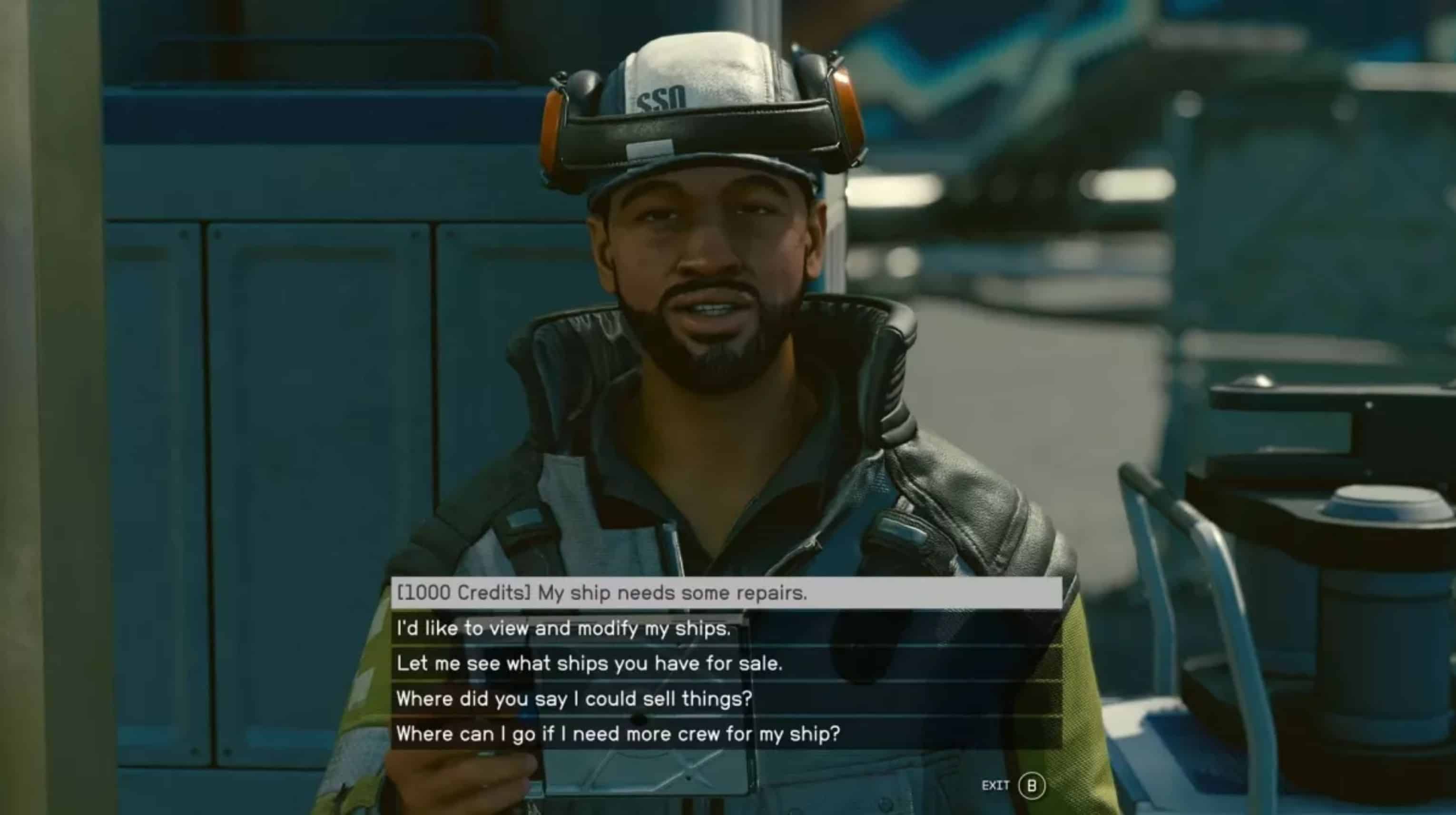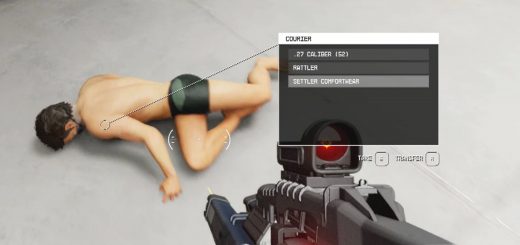Starfield: How Ship Customization Works
At each space port you visit, a ship technician awaits as a vendor, providing services like buying and selling parts, facilitating repairs, recruiting crew members, and more. To modify and construct ships in Starfield, players employ a modular system of sections and rooms, attaching engines, cockpits, shields, weapons, storage, and other elements. These components grant access to crucial abilities and options while presenting stats that require balancing.
Crafting and research in Starfield primarily focuses on personal weapons and general gear. Some skills, such as the Payloads skill, may influence your ship, like increasing cargo space. For the most part, ship construction involves purchasing parts from vendors. The showcased components and modules feature unique corporate logos, with manufacturers boasting their own “look and feel.” Choices may vary depending on the factions and star systems players visit in Starfield. Manufacturers will likely exhibit distinct attributes such as speed, durability, and firepower.
This versatile system offers countless possibilities within the rules and budgets—sleek fighters, heavy warships, compact cargo carriers, and more. If a player wishes to sacrifice weapons or shields for more engines, using speed to avoid conflict, it appears to be feasible, albeit risky. Moreover, they can dismantle and sell items for cash, provided they retain enough components for takeoff.
One constraint to the system is the “Starship Design” skill; specific components mandate that players attain certain ranks in this skill to purchase or utilize them. Consequently, skill progression in Starfield will impact ship customization. Todd Howard emphasizes that although upgrades are accessible from the onset, comprehensive modular ship construction features predominantly in the late-game stages.






